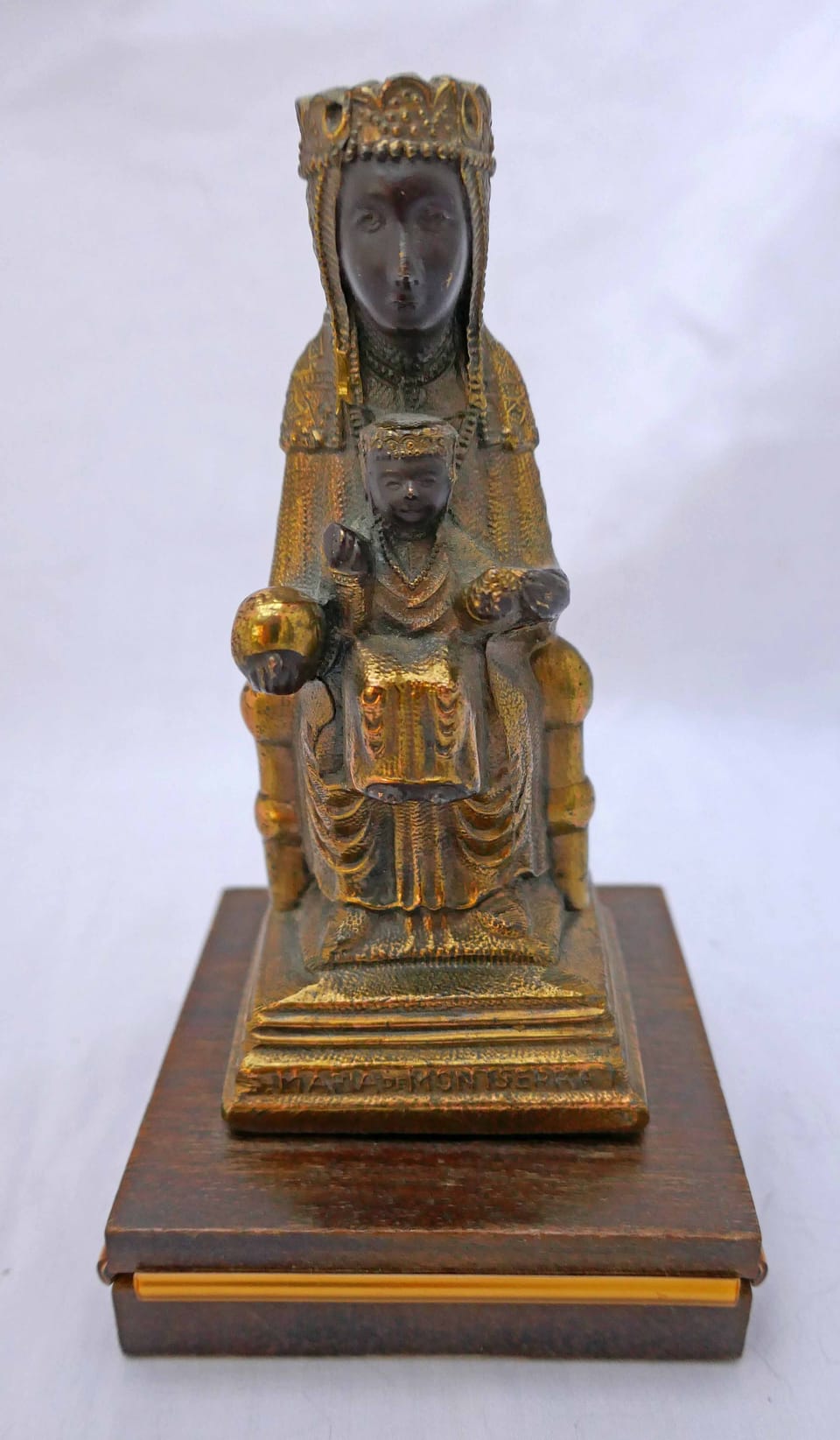Encountering the Black Divine Feminine: Reflections from the Alliance of Baptists Conference

I recently attended the Alliance of Baptists Conference at Riverside Baptist Church here in D.C., titled "I Met God And She Is a Black Woman," based on Dr. Christena Cleveland's book of similar name. The conference featured two remarkable plenary speakers: Hebrew Bible scholar Dr. Wil Gafney and sociologist/public theologian Dr. Christena Cleveland.
Womanism Is Not Heresy
Before diving into the substance, I should clarify that womanism—essentially Black feminist theology—is simply contextual theology that names its perspective. All theology is contextual. There is no such thing as "pure, unadulterated" theology floating above human experience. The theology produced by white European men is just as contextual as womanist theology—it just rarely acknowledges itself as such.
Someone in my Threads comments called Dr. Gafney a "heretic" simply for being a Black feminist scholar. This misuses the term "heresy," which has a specific meaning in theological discourse—it's not just shorthand for "viewpoints I disagree with."
Approaching Scripture Through Different Lenses
Dr. Gafney's approach is decidedly scholarly and linguistically rigorous. Her work on midrash and biblical translation is exceptional. If you've ever heard me discuss the divine feminine in Scripture, I'm likely drawing heavily on Dr. Gafney's work.
She emphasized the importance of engaging with Scripture's original languages, suggesting that reading the Bible only in translation is like "kissing your spouse through the wedding veil." Her scholarship reveals how original language study can help undo centuries of patriarchal interpretation that has obscured feminine imagery for God throughout the Bible.
Meeting God in Unexpected Places
Dr. Cleveland's approach was more experiential, focusing on encountering the divine in Black Madonna statues and icons found throughout Europe and beyond—depictions of Mary and Jesus with dark or Black skin.
Interestingly, many post-presentation conversations fixated on ontological questions: "Is she saying God is a Black woman? Is God actually Mary?" I think this misses Cleveland's primary point. As a sociologist, she wasn't making ontological claims about God's essence but rather examining how our visual depictions of God shape our understanding of how God exists and acts in the world; as well doing theology on what ways God identifies with that which is Black and feminine.
Cleveland observes that Western Christianity has overwhelmingly portrayed God through white, male imagery. These artistic choices inevitably influence how we conceptualize God's character—that God takes up space like a man does, solves problems like a man does, and relates to creation like a man does.
A God Who Defies Easy Categorization
What if we encountered God in the feminine—specifically the Black feminine? Cleveland isn't suggesting we simply flip the script from masculine to feminine stereotypes. Her Black Madonna isn't a "mammy God" who exists solely to comfort and nurture others.
Instead, she described a deity who is "not petulant...but she petty"—a challenging presence who, in various folk traditions, catches cannonballs with one arm while breastfeeding with the other, who resurrects philandering men but ensures they come back castrated. This is a God who comforts the afflicted but also afflicts the comfortable.
Cleveland's vision transcends the gender binary, refusing to equate femininity with weakness or submission. She presents a God who embodies traditionally feminine qualities of nurturing and comfort alongside powerful resistance to injustice.
Bringing These Insights to Congregational Life
How do we integrate these perspectives into church life? I'm probably not going to suggest we install Black Madonna statues at The Table Church and instruct people to bow down. But I think it's important to challenge our conceptualizations of God beyond the "petulant iron age warrior king" imagery that often dominates Christian imagination.
We have to at least start with better Bible translations that honor the feminine pronouns for the Spirit in Hebrew and highlight passages that refer to God's "womb-love" (often translated as merely "compassion"). We need imagery that transgresses our expectations and broadens our understanding of the divine.
It's telling that people call me a heretic for discussing God in feminine terms, yet no one labels Michelangelo a heretic for depicting God as an elderly white man with a flowing beard. The double standard reveals how thoroughly Eurocentric patriarchy has shaped our theological imagination.
For those of us with less-than-ideal history with our parents, expanding our imagery for God can be profoundly healing. When we're no longer limited to understanding God merely through the lens of human fathers—with all their limitations and failures—we open ourselves to experiencing divine love in new, transformative ways.
God transcends and includes gender. Our limited human categories will always fall short of capturing divine fullness. Perhaps by embracing multiple images and metaphors—including those that make us uncomfortable—we might glimpse more of who God truly is.

Member discussion